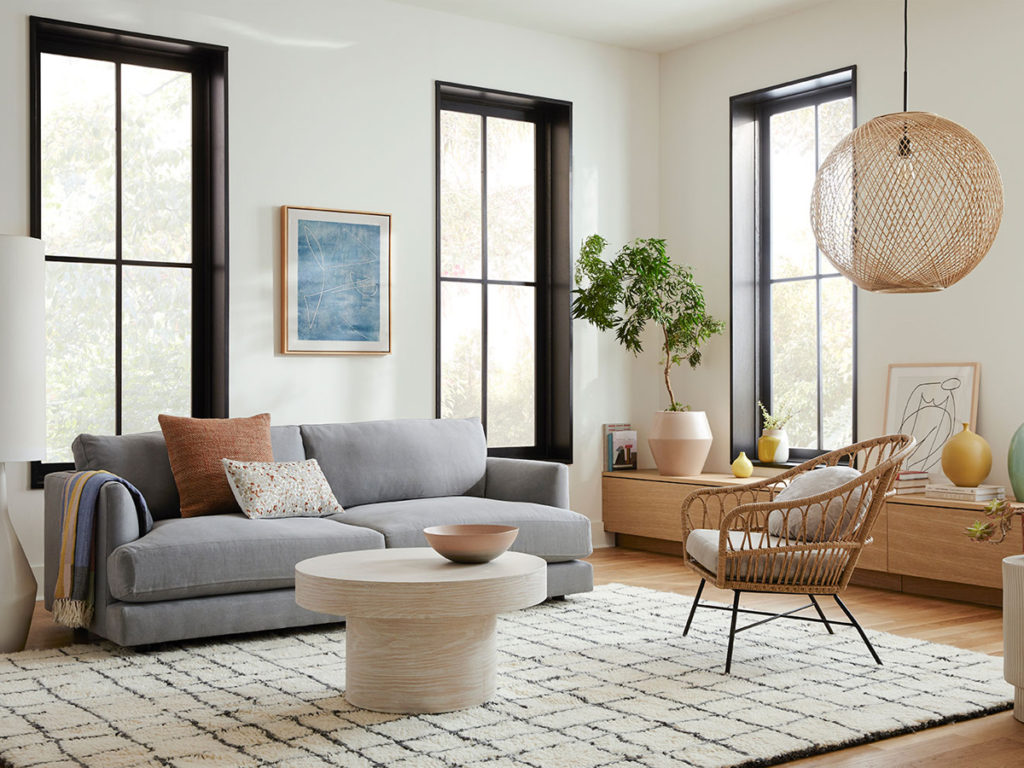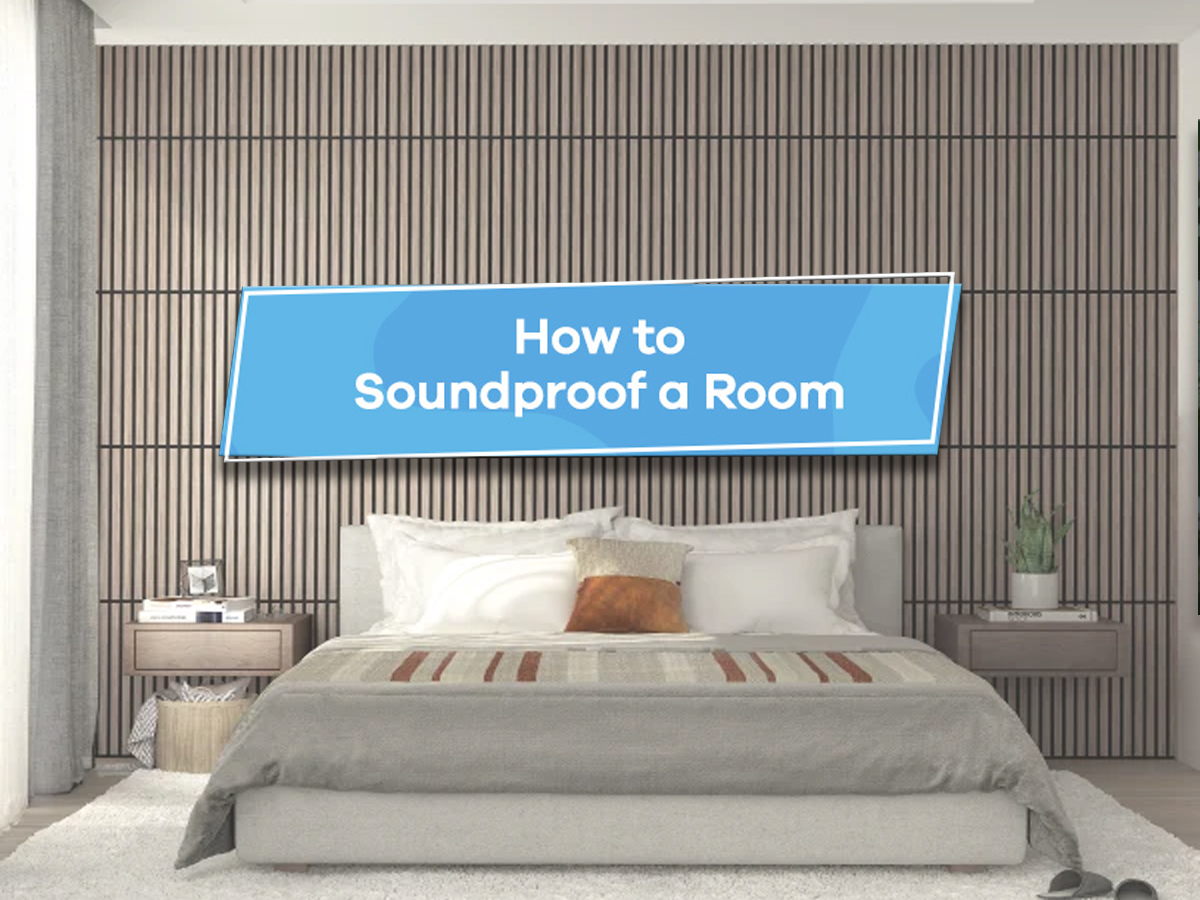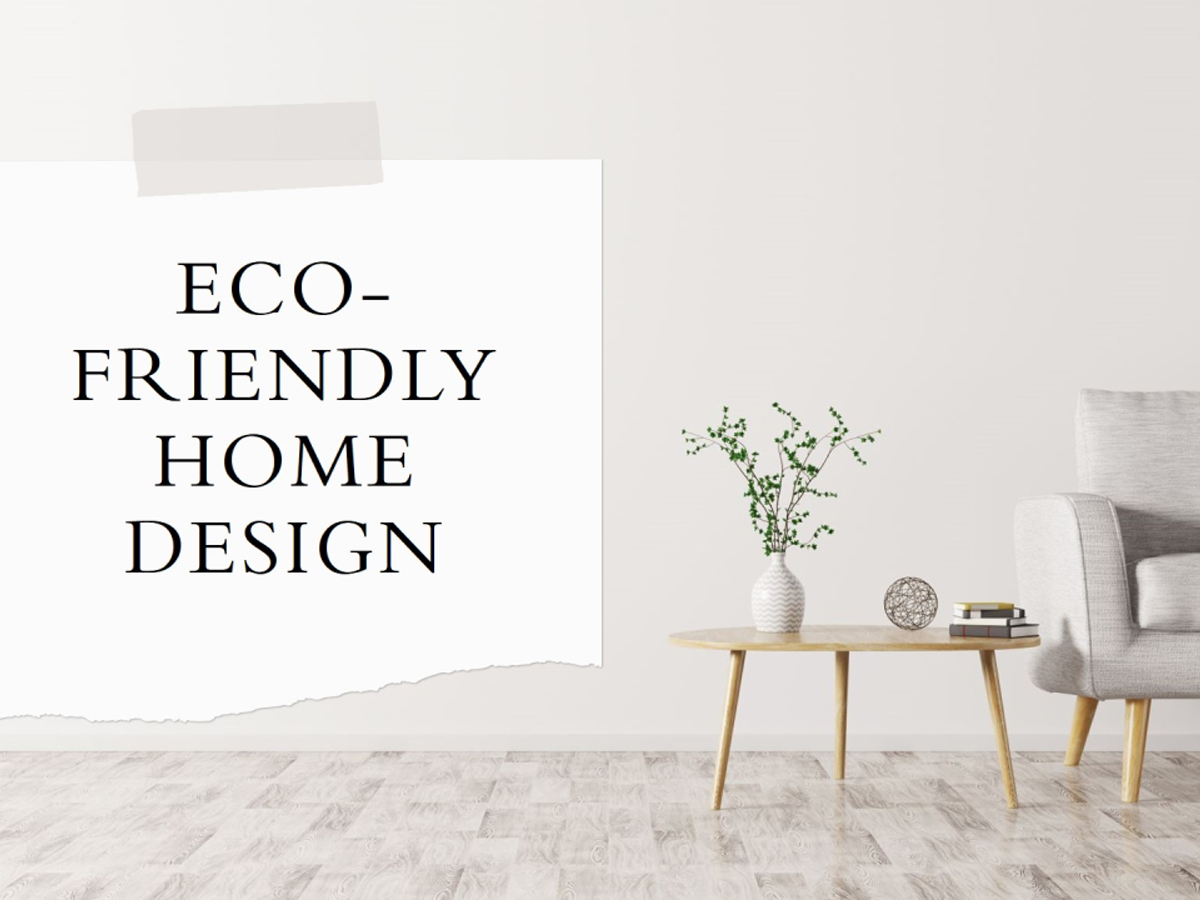
What Colours Make a Small Room Look Bigger?
Modern urban apartments have limited square footage. So, the easiest way to make them appear larger and feel more spacious is by using the right colours. Since colours are stimuli, they arouse sensations and emotions that influence the brain’s perception of space. In fact, 87% of all sensory information we receive is through the world of colours. Today, top interior designers in Mumbai and other cities are introducing colour psychology in interior design. So, let us dive into the importance of colour in home interiors, the main areas where colours are commonly present, and what colours make a small room look bigger.
Why is colour important in interior design
Every designer understands the importance of colour in home interiors. The use of colours is a complex matter requiring knowledge and understanding of the two main categories – warm tones and cool tones. While warm tones like red and orange can make a space feel energetic, cool tones like purple and blue create a relaxing vibe. There are also primary and complementary colours, shades and tints, and gloss and sheen to consider while selecting colours.
Colour can affect mood, form a perception of space, influence lighting, and help define focal points. Furthermore, while colour helps to create specific zones in the home, it also helps to increase cohesion from one room to another. Finally, colours help align a home with one’s lifestyle, personality, culture, and emotions.
Main areas where colours are commonly present in the home
Colours are present throughout a home. They are a part of walls and ceilings, setting the tone for each room. It is even present in hardwood floors, tiles, granites, carpets, and rugs. Colour also forms an important part of furniture and furnishings. Colourful sofas, chairs, tables, cabinets, upholstery, curtains, cushions, and throws help to create the right atmosphere. Similarly, placing artwork, decorative lights, show pieces, and plants introduces colour in a subtle or bold way.
Overall, colour is used in various elements in the home to add personality and style to each room. Be it the living room, kitchen, bedroom, bathroom, or balcony, each space can use colours to create a well-balanced and beautiful home.

What colours make a small room look bigger
Top interior designers use colour strategy with good lighting, furniture, and fixtures to make the smallest room feel open and inviting. Here are expert colour tips on how to use colours to make a small room look bigger: –
1. Use light colours: Use shades of white, cream, light pink, pale blue, light green, or light grey to reflect more light. Light colours teamed with glass, metallic, and mirrored accessories make a narrow space look wider and brighter. If the ceiling is low, use off-white up to three-quarters of the wall and the rest paint in a soft pastel colour.
2. Add cool colours: Cool colours like lavender, light blue, and mint green tend to recede, giving the illusion of distance and adding depth to the room. They are best in alcoves, nooks, and windows. Besides, cool colours add an airy feel to the space, making it appear larger.
3. Keep a monochromatic scheme: If the room is small, it is best to maintain a monochromatic scheme with beige, sand, and cream. It means use a variations of any one of these colours to create a seamless flow that visually enlarges the space.
4. Add a bright or dark colour: Add a dash of bright or dark colour to draw the eye to a focal point. Since darker colours create a dramatic look in rooms, use lighter hues for the rest of the space to make the room appear expansive.
5. Differ the colour in trims and mouldings: Paint trim and mouldings in a slightly lighter colour than the walls to make the walls seem farther back. The right colour of crown mouldings, picture frame mouldings, etc., add balance and make the room look larger.
6. Use soft yellow in rooms without windows: Since yellow is a reflective colour, paint it on the walls of a room without windows or use in other ways where natural light is less. Yellow appears to let sunshine in, giving the room a spacious feel.
7. Use accent wall colours: An accent wall in hues of sky blue, spring green, blush pink, or pastels can make a room look bigger. Since these colours recede, they give an illusion of opening up the space. Always use accent wall colour on the wall with a window across from it to reflect the light.
8. Select colours with sheen and gloss: In smaller rooms, the right sheen and gloss can add light and depth to your room. Colours with sheen have low to medium reflection, giving the illusion of depth and lustre, while colours with gloss have a higher reflection to make the room appear shiny and crisp. They both help to reflect light at a wide range of angles making the room appear more appealing.
9. Introduce colour in furniture and furnishings: To make a small room appear large, you can paint the walls pearl white but create contrast with furniture, furnishings and decor pieces. For instance, place bright yellow cushions in front of a lilac wall to create colour contrast.
10. Create mood with colour: Red represents energy, orange excitement, yellow joy, green nature, blue calmness, purple relaxation, and white comfort. Use blues, greens and lavender in small living rooms, bedrooms and home offices. Use yellow in kitchen, pink in kid’s bedroom, and white in any room. By manipulating colour you can instantly feel cosy or lively, making the room size feel just right.
To conclude, it is not just the selection of colour but the role of complementary and contrasting colours, natural and artificial lighting, and the right choice of furniture that make a small room look big. So, contact a good interior design company with ample knowledge of colours to deliver a unique home design that reflects you!





